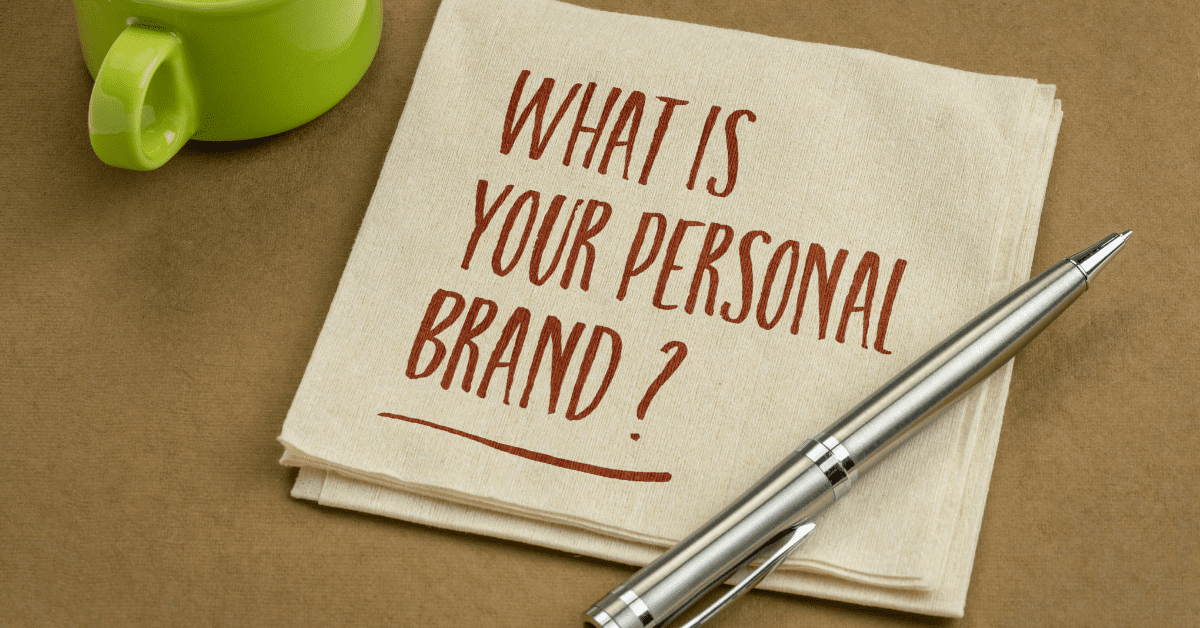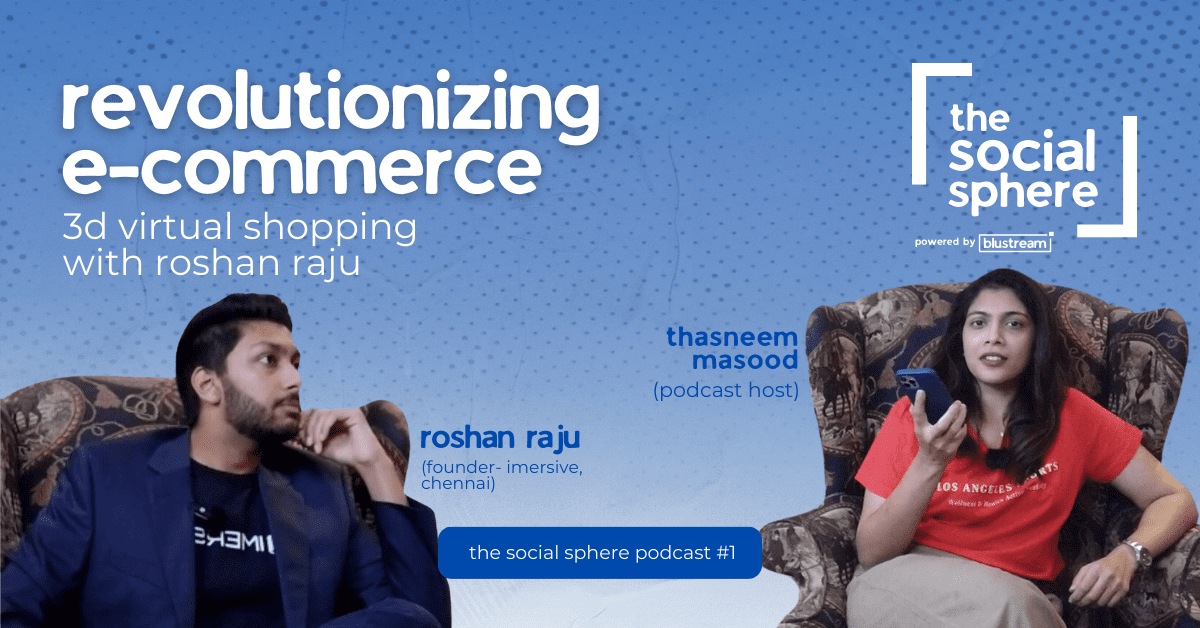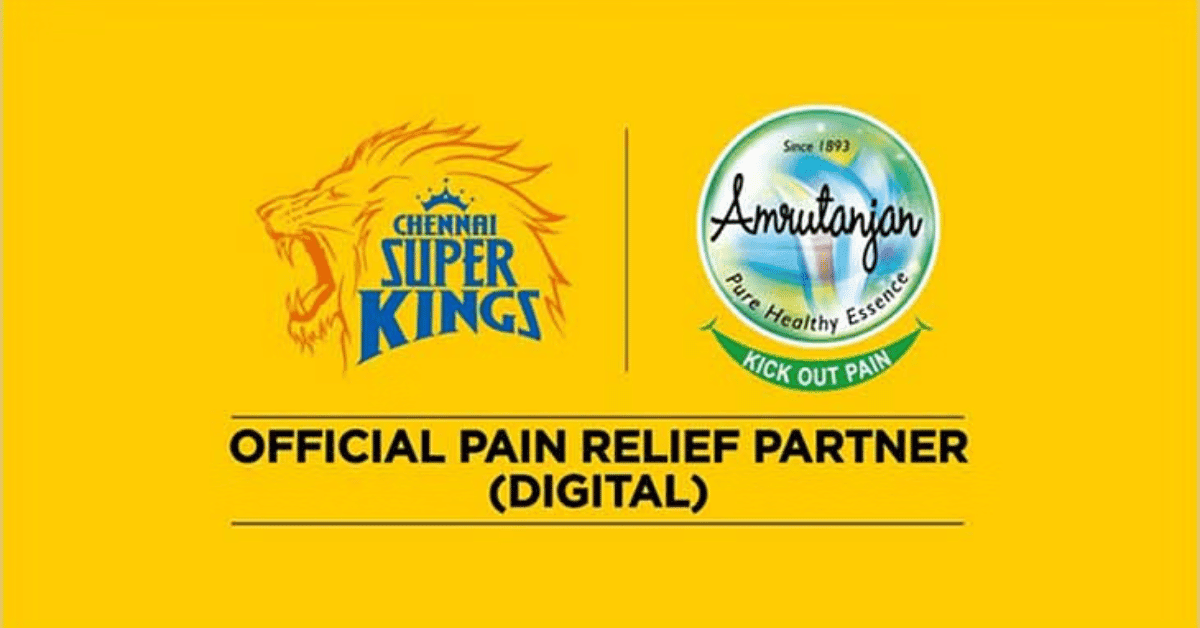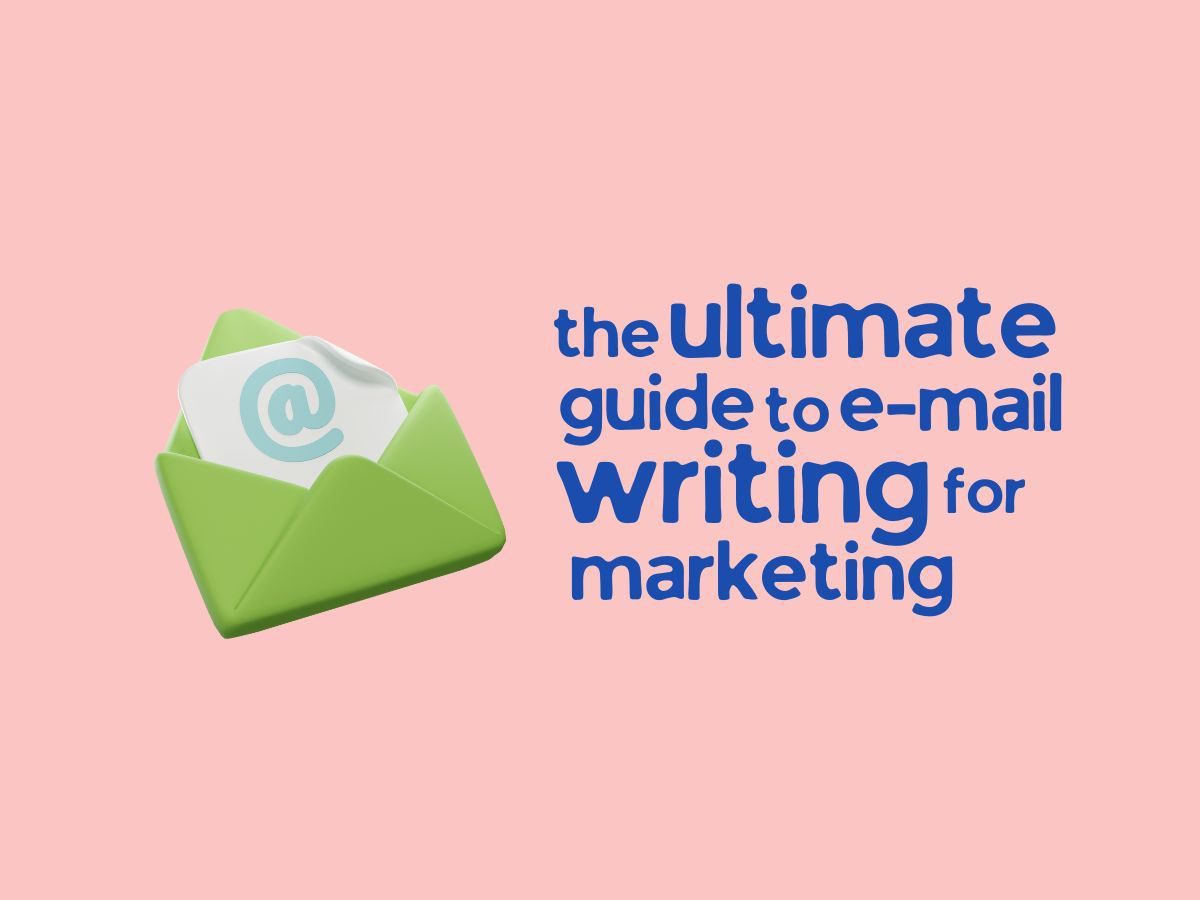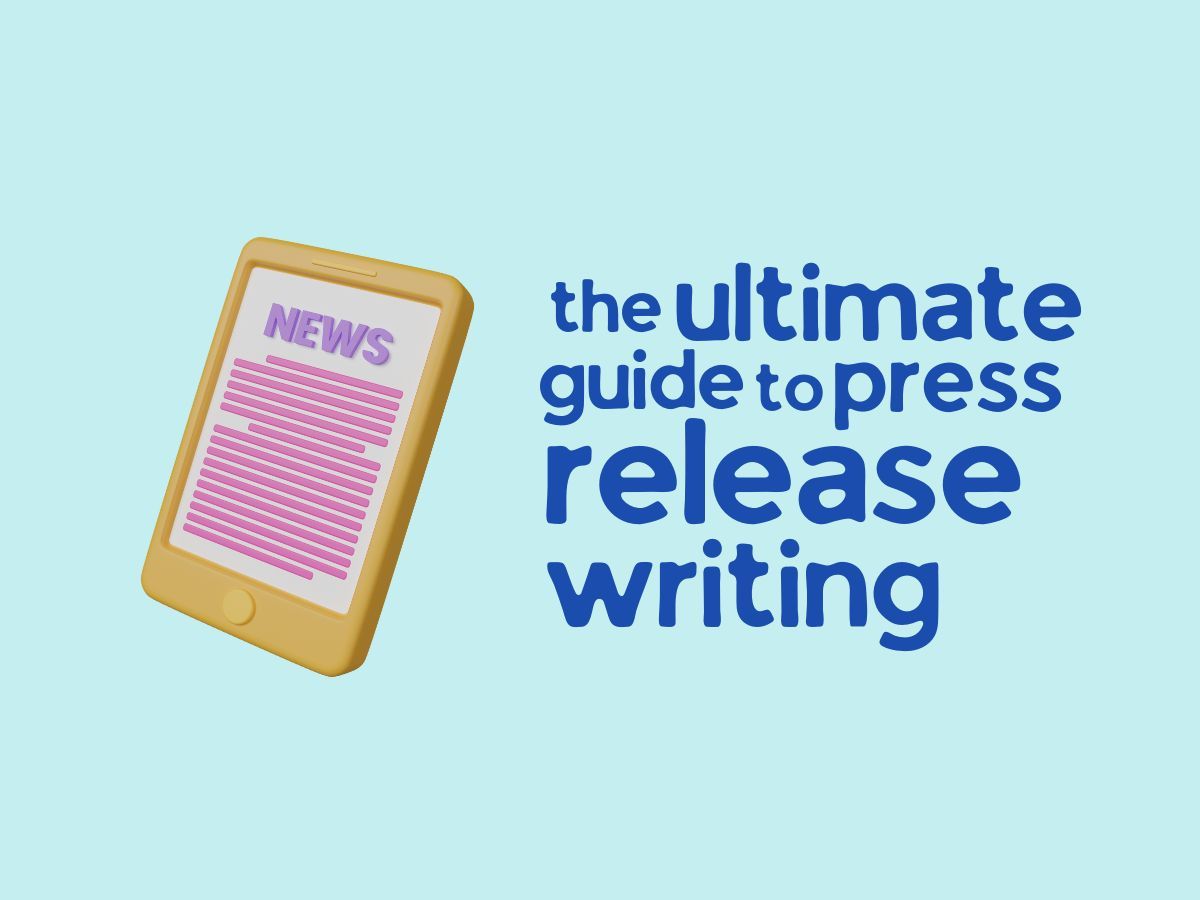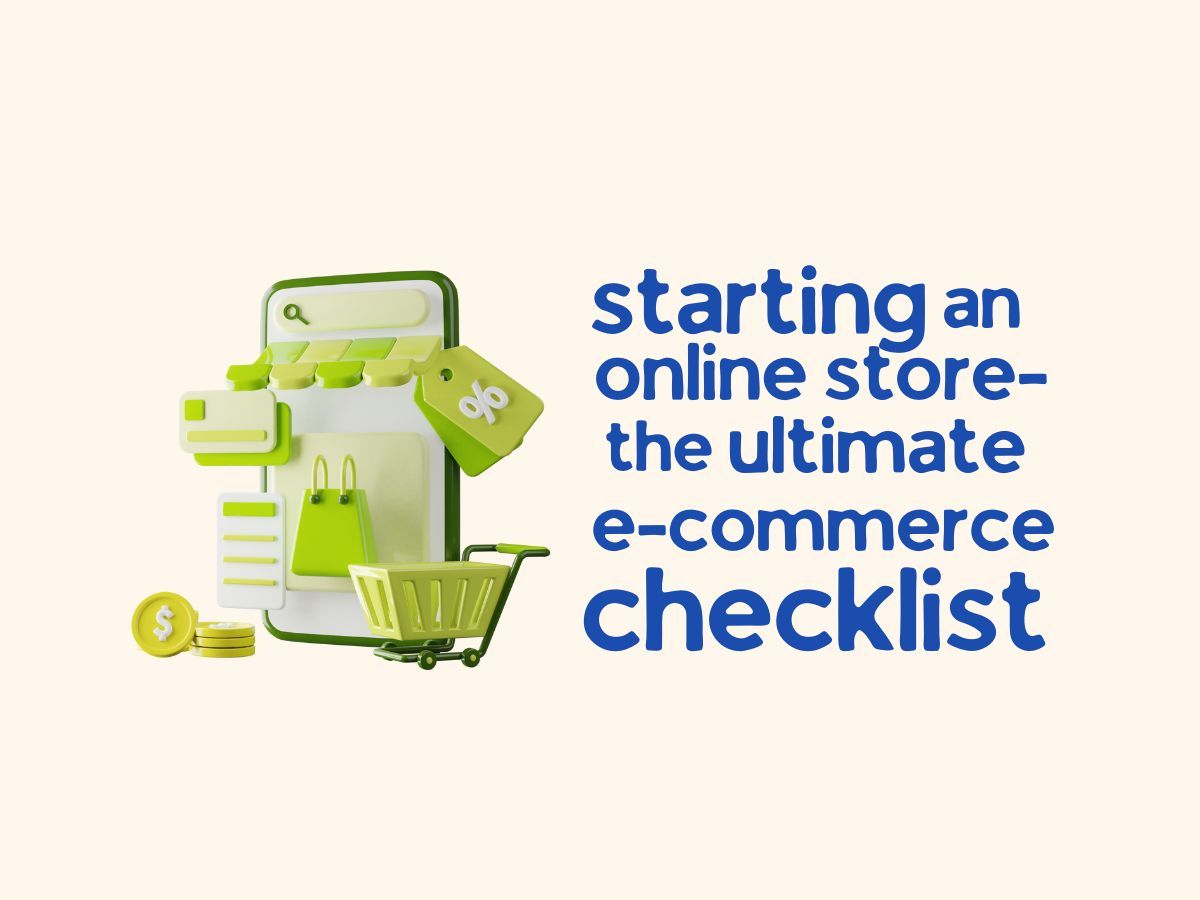When we think of speakers, we usually think of actors spouting lines or collapsing on set. However, the marketing world sees its fair share of fluff – errors in judgment that can have devastating effects on a brand’s reputation.
The marketing game not only causes reputational setbacks, but can also seriously drain your advertising budget. Misplaced messages, poor campaign strategies, poorly thought out images and investments in the wrong channels are the most common marketing mistakes that brands make.From Lunya’s confused HandMaid’s Tale underwear campaign to Pepsi’s creepy Chinese ad copy translation, GAP’s quirky temporary rebranding and more, marketing talk is not uncommon.
3 Marketing Bloopers Digital Marketers Can Learn
Some bloopers are small, some are big, but they all have one thing in common – they take time, effort and resources to recover from. To help you avoid making your own mistakes, here’s a look at two of this year’s worst marketing mistakes and older classics, and what we can learn from them.
1. Burger King’s Awesome Marketing Fop
The tweet was an attempt to push back against marketing communications that were quickly removed after causing outrage online. The original marketing hook was “women belong in the kitchen,” but with little context around it, the controversial slogan became a slogan for sexism. The timing was particularly unfortunate because the tweet was posted on International Women’s Day, a day that celebrates women’s empowerment and gender equality.
This social media marketing hoax caused a hot segment to spread and unfortunately earned 527% more engagement than the brand’s scholarship program ad:
Lesson:
The culture industry is indeed male domain , and while the campaign was meant to make things better, it buried itself deeper than a pickle wedge in a giant hamburger stack.
Keys:
- When developing marketing messages for a specific event or party:
- Share your ideas and content with relevant audiences internally
- Collect feedback before signing up
- Avoid overly controversial copy
- Choose language, images or concepts very carefully
- Use your message to empower your audience, don’t create a sense of alienation.
- Remember that not all advertising is good advertising.
Tip: Consider using a social media style guide so everyone on your team and working with your brand knows the agreed tone and tailored messages for all relevant platforms.
2. Snickers ad campaign fails
Snickers Spain got its reputation in hot water this year when it released a misleading video ad that used one of the brand’s slogans: “You’re not the one who’s hungry.”
There is nothing wrong with that. clause itself (actually solid copywriting), but the context in which it was used caused an unwanted association.
The ad shows influencer Aless Gibaja transforming into a Snickers “man” after eating a Snickers bar. This misogynistic homophobic narrative is ill-earned high-level negative publicity almost as soon as the campaign launches.
Even Spain’s Minister of Equality, Irene Montero, publicly slammed the ad with a tweet that read:
“Our society is diverse and tolerant. I hope that those who have the power to make decisions about what we see and hear in commercials and television will learn that too.”
Lesson:
If political parties and figures are seen criticizing your marketing campaign, you are likely to lose a large portion of your target audience and existing brand advocates, even if you offer a full and honest apology.
Before working with influencers, make sure they are relevant to your niche or industry and work closely with them to make sure they like your message. It is recommended that you build strong influencer relationships and avoid controversial advertising ideas that have no meaning or substance – as this will almost never end well.

3. Timothy’s World Coffee Rewards Misfortune
Last but not least in our selection of marketing mistakes is the infamous example of an earlier failure of Timothy’s World Coffee, an established brand that is still trying to redeem itself from this folly.
To expand their social media reach, a brand offered current and prospective fans a coupon or free sample for following them on social media—usually an effective tactic for driving engagement and loyalty.
Unfortunately, Timothy’s World Coffee offered more than it could deliver and ran out of free K-cups in just three days. A full two weeks after this embarrassing blow (that’s a pretty big hiccup), Timothy released a public message announcing that they were giving away coupons and samples on a first-come, first-served basis. While this claim may have resonated with consumers immediately after the incident, the delay in communication caused outrage and further dug the brand into a publicity hole.
Despite the apparently genuine second apology message and its offer to send a free coupon to all disgruntled customers, the damage had already been done.
Lesson:
If you’re going to offer an incentive, coupon, freebie — or basically any promise — through any consumer channel or touchpoint, you need to make sure you deliver on your offer. No exceptions. No compromises.
Whether you’re offering free shipping to follow your brand, running a contest with multiple prizes, or offering unique content to sign up for an email newsletter, you should never offer anything less. Always strive to provide value and demonstrate that you are trustworthy – if you don’t, almost all marketing efforts will fail.
Oh, and if you screw up, deal with it publicly in a hurry, instead of letting the problem drag on for hours, days or (worse) weeks.



